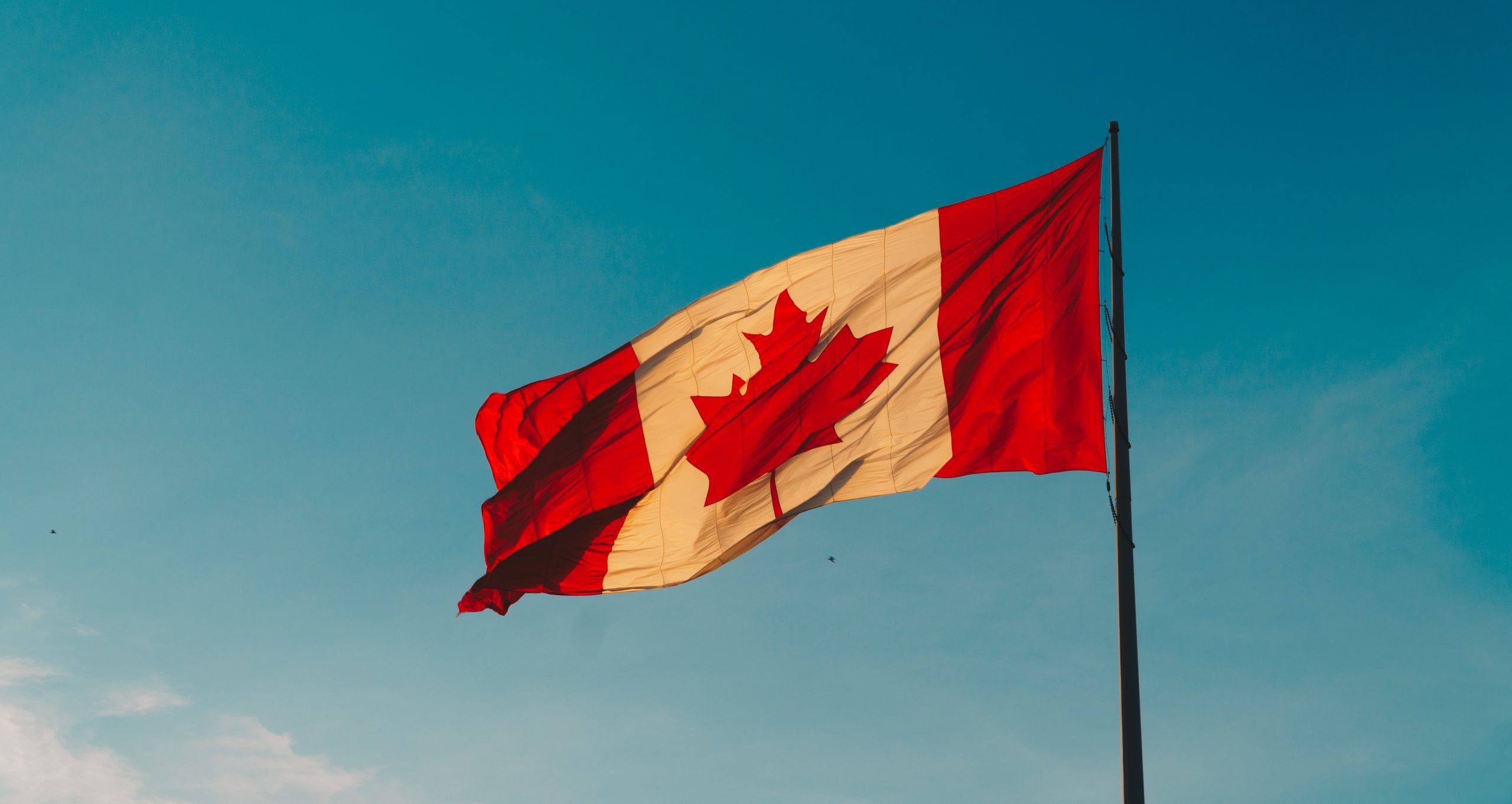On March 27, 2020, the federal government announced that the Canada Emergency Wage Subsidy program would refund the eligible employers up to 75% of employee wages for up to 12 weeks, retroactive to March 15, 2020. On April 11, 2020, the Federal Government enacted Bill C-14 and gave more detailed update on how the 75% Canada Emergency Wage Subsidy (CEWS) works.
What is the Canada Emergency Wage Subsidy (CEWS)?
The Canada Emergency Wage Subsidy (CEWS) will provide eligible employers, whose businesses have been affected as a result of COVID-19, 75% of the remuneration paid to its employees during the period from March 15 to June 6, 2020.
How much can a business receive through the Canada Emergency Wage Subsidy (CEWS)?
The subsidy amount for a given employee on eligible remuneration paid between March 15 and June 6, 2020 would be the greater of:
- 75% of the amount of remuneration paid, up to a maximum benefit of $847 per week per employee; and
- the amount of remuneration paid, up to a maximum benefit of $847 per week or 75 per cent of the employee’s pre-crisis weekly remuneration, whichever is less.
For employees that are not in arm’s length with the employer, the subsidy amount on eligible remuneration paid between March 15 and June 6, 2020 limited to the least of:
- $847 per week
- 75% of the employee’s pre-crisis weekly remuneration
- the amount of eligible remuneration paid to the eligible employee for that week
The CEWS also includes a 100% refund of employers’ part of contribution to Employment Insurance (EI), the Canada Pension Plan (CPP), Quebec Pension Plan (QPP) and the Quebec Parental Insurance Plan (QPIP) for employees who are on paid leave. Employers are still required to withhold and remit both the employer and the employee contribution to the Canada Revenue Agency (CRA), and a refund can be applied through the CEWS program thereafter.
Who are eligible to apply for the Canada Emergency Wage Subsidy (CEWS)?
To qualify for the Canada Emergency Wage Subsidy (CEWS), eligible employers, whose businesses have been affected as a result of COVID-19 satisfy with the revenue test, had eligible remuneration paid to eligible employees during the eligible period.
Eligible employers would include:
- individuals,
- taxable corporations,
- and partnerships consisting of eligible employers, as well as,
- non‑profit organizations and registered charities.
Public bodies would not be eligible for this subsidy. Public bodies include municipalities and local governments, Crown corporations, public universities, colleges, schools and hospitals.
Revenue Test
Businesses must have seen at least a 15% qualifying revenue decline in March 2020, and at least a 30% revenue decline in April 2020 and May 2020. Employers can choose either to compare its affected period to the same period from last year in 2019, or the average revenue of January and February in 2020. Once an employer is determined to be eligible for a specific qualifying period, it will also qualify for the next period of the program. Periods are as below:
| Period | Qualifying Period | Min. Required Decline in Revenue | Reference Period for Eligibility |
|---|---|---|---|
| 1 | March 15 - April 11 | 15% | March 2020 vs March 2019, OR, March 2020 vs Avg of Jan & Feb 2020 |
| 2 | April 12 - May 9 | 30% | April 2020 vs April 2019, OR, April 2020 vs Avg of Jan & Feb 2020 |
| 3 | May 10 - June 6 | 30% | May 2020 vs May 2019, OR, May 2020 vs Avg of Jan & Feb 2020 |
More periods may be prescribed by regulation.
Qualifying Revenue
Qualifying revenue in general is the gross revenue of the business earned in the normal course of its activities in Canada from arm’s length sources by using the business’s normal accounting method. Businesses can use either accrual accounting method or cash accounting method for calculating its revenue. Once the accounting method is selected, it has to be used for calculating its revenue for all the periods in the program.
Eligible Remuneration
Eligible Remuneration includes salaries, wages, commissions, and other taxable employment benefits paid to an eligible employee. It does not include retiring allowances and benefits arising where an employer or related corporation has agreed to sell or issue securities to an employee.
Eligible Employees is an individual employed in Canada. However, employees who qualify for Canada Emergency Response Benefit (CERB) without pay for two weeks during the qualification period are excluded.
When can you apply for the Canada Emergency Wage Subsidy (CEWS)?
To qualify for CEWS, the eligible employer has to file the CEWS application on or before September 30, 2020.
Where can you apply for the Canada Emergency Wage Subsidy (CEWS)?
Eligible entities can apply for the CEWS through the CRA’s My Business Account Portal.
Penalties
Businesses that do not meet the eligibility requirements would have to repay amounts received under the CEWS. Any fraudulent claims for artificial revenue manipulation will be imposed a penalty equal to 25% of the subsidy claim value.
Interaction with Other Programs
Businesses who qualify for the 10% Temporary Wage Subsidy (TWS) and received benefit from TWS, the CEWS would generally reduce the amount available to be claimed by the TWS benefit received.
Similar to TWS, any EI benefits received by employees under the Work-Sharing Program will also reduced the amount available to be claimed by the employers under the CEWS.
Employees who qualify for Canada Emergency Response Benefit (CERB) without pay for two weeks during the qualification period are excluded from eligible employees under the CEWS.
About the Author
Anike Li, CPA, CGA
Founder, AL Accounting Inc.
This article should be seen as broad guidance only. AL Accounting Inc. does not accept or assume any liability of any tax consequences that may result from acting based on the information contained therein.
Source:
https://www.canada.ca/en/department-finance/economic-response-plan/wage-subsidy.html
https://www.parl.ca/Content/Bills/431/Government/C-14/C-14_4/C-14_4.PDF

